Wheel Tech: Carbon Fiber Wheels
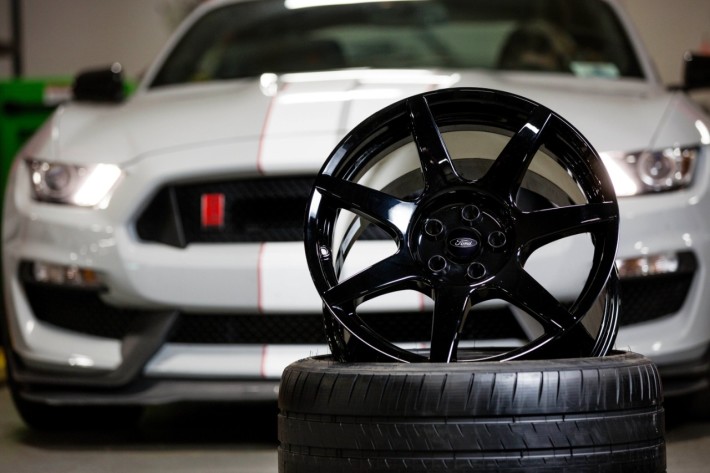
While we may begrudgingly admit it, the Ford Shelby GT350 and GT350R are both some impressive cars, even if they come with a big blue oval on ’em. The GT350R is the more impressive of the two, considering that it is the car you’ll most likely see at your next track day. However, when you’re passing by, be sure to look at its most noted feature, after that flat-plane crank: the carbon fiber wheels.
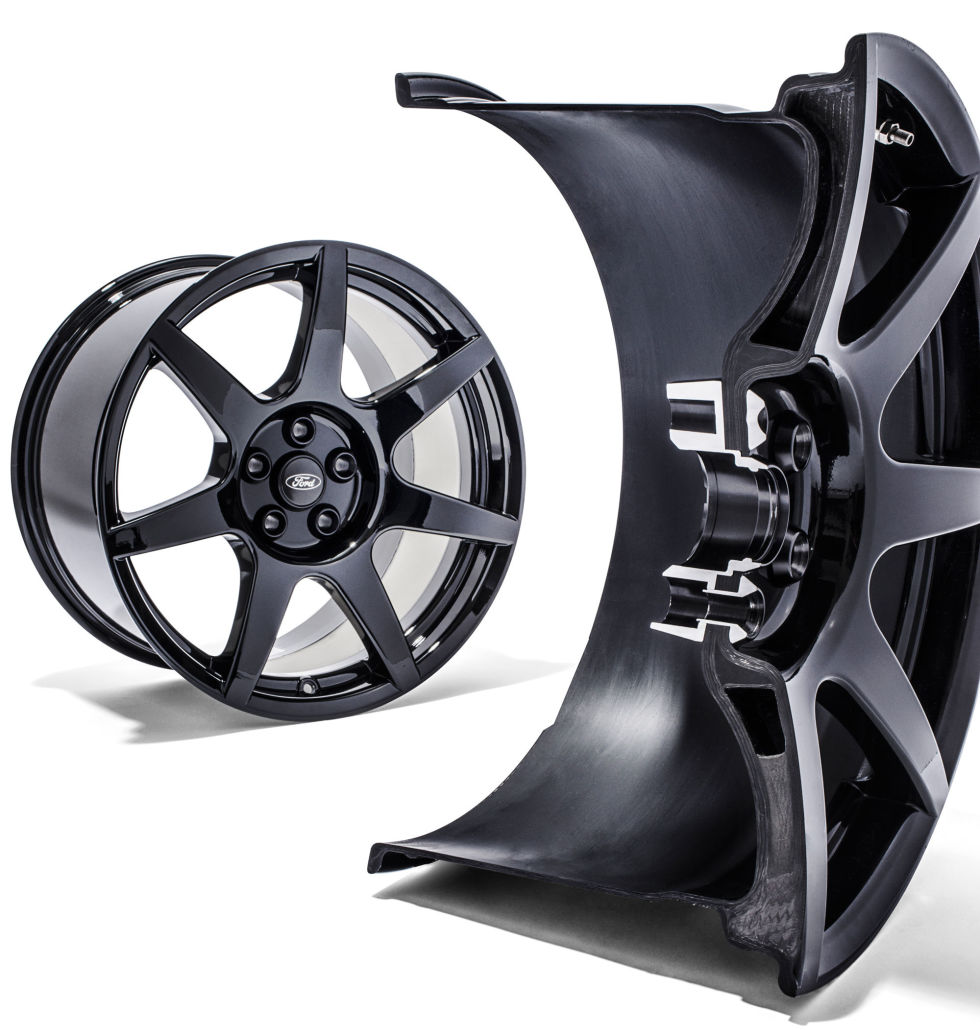
No, the GT350R is not the first car to use carbon fiber wheels, but it is the first for a mass produced car, especially one that doesn’t come from Europe or that you have to buy aftermarket. Thanks in part to that mass production, these wheels only weigh about 18- to 20-pounds each. That’s also minus the non-runflat tires, which are also used to reduce weight. To compare, most aluminum wheels are anywhere from 25- to 40-pounds each, without tires, and that is very significant since we’re talking about unsprung weight.
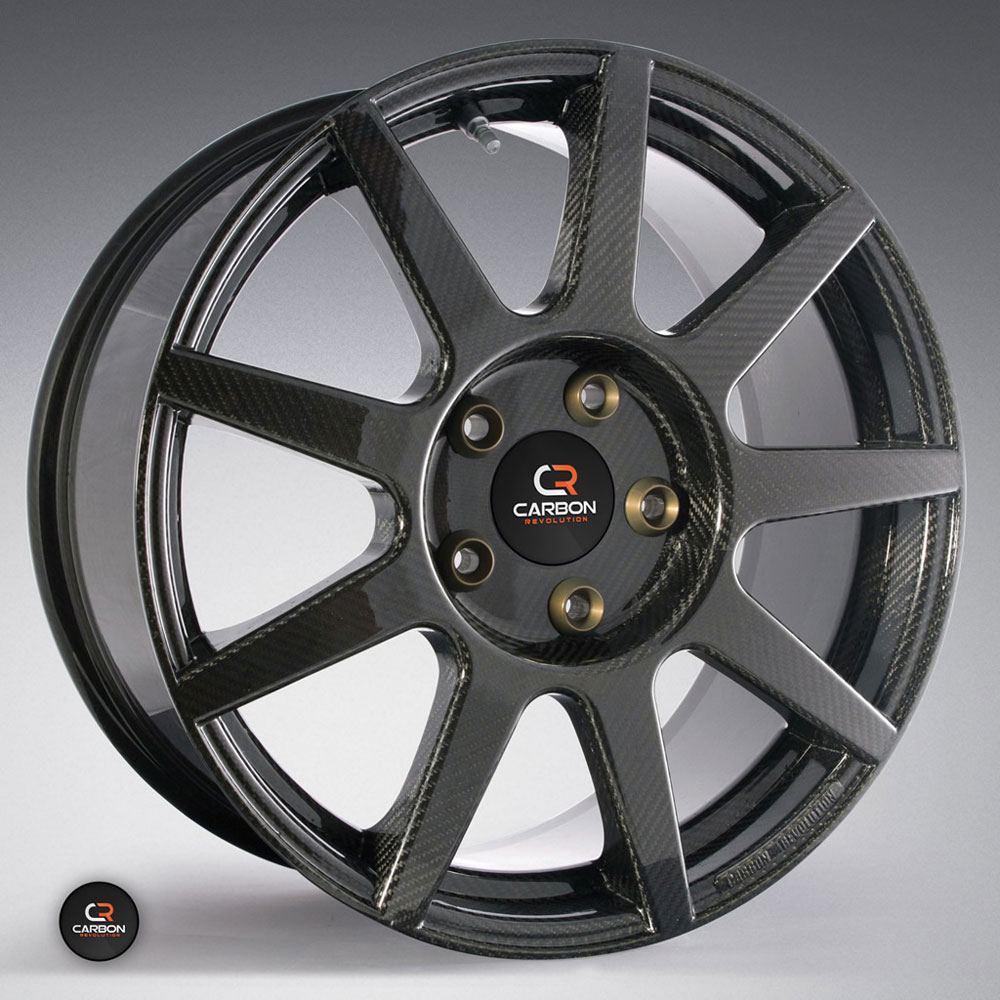
When we talk about unsprung weight, we’re talking about anything that isn’t supported by the car’s suspension. This includes the brakes, tires, hubs, lug nuts, and of course your wheels. This has a lot of advantages, from the obvious weight reduction, to helping your car stop faster (less rotating mass for the brakes to try and stop), to improving your acceleration (less rotating mass for your engine to rotate and less mass overall). Even handling is improved, thanks to less weight that your shocks and springs have to deal with to keep the tires in contact with the road. Finally, you’ll gain some horsepower, as well. The theory goes that for every 20-pounds of weight you remove at the driven wheels, you gain around 17-horsepower. No, you’re not really adding power, but the reduction in rotational mass helps your engine work less.
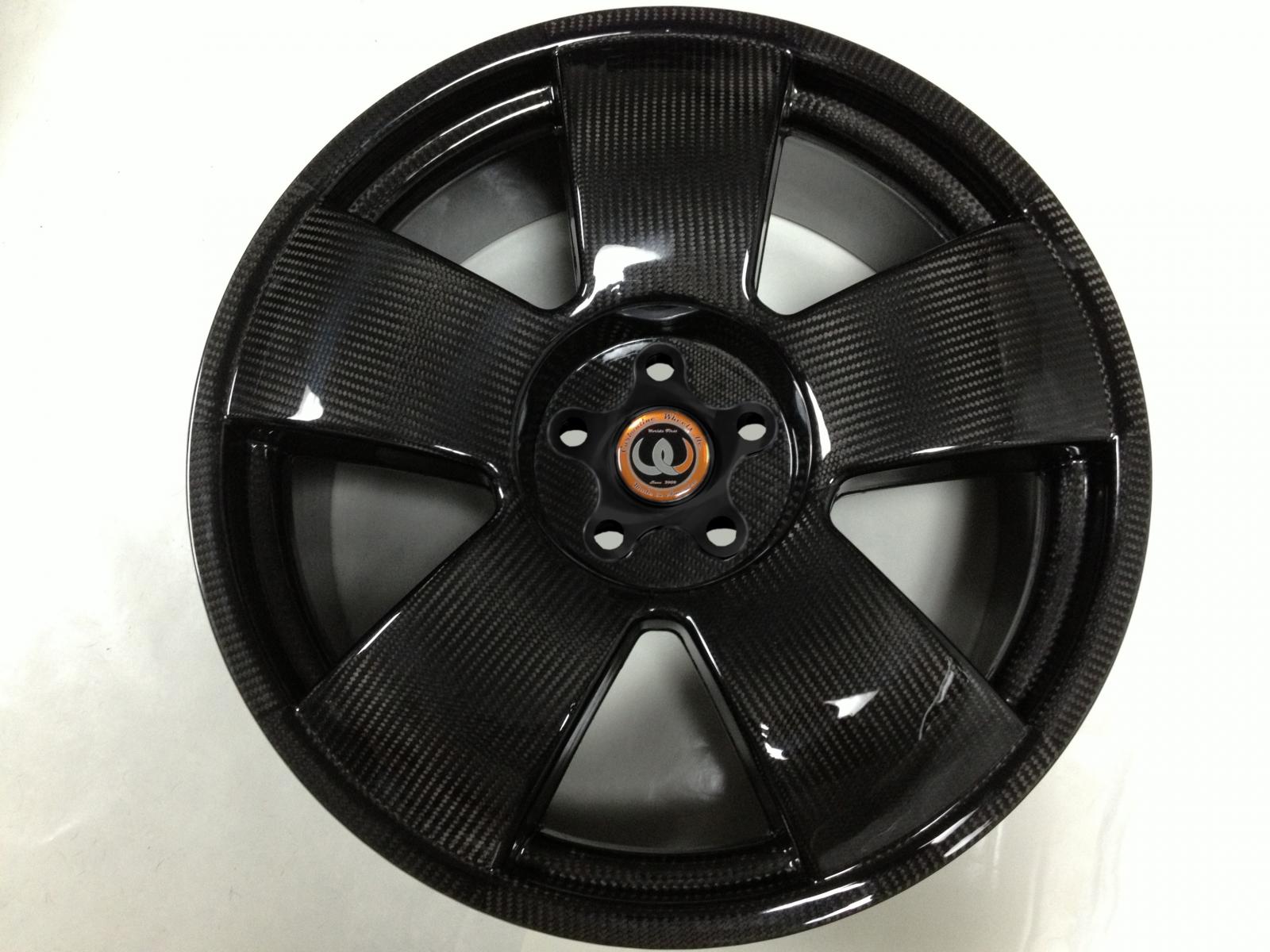
However, if you were to slap a set of carbon fiber wheels and lighter tires on your Corvette and expect gains at your next time trial or drag race, then you might want to rethink your idea. Yes, you’ll get some improvement thanks to that weight loss, but remember the factory expected the wheels of your Corvette to weigh within a certain amount. Its spring rates are designed for the weight of the car as you originally bought it. Just like any other improvement anywhere else on the car, you have to re-tune, and your suspension is included in this. More than likely, your Corvette will be more over sprung for its new mass (including the more important unsprung weight), and you’ll probably wonder where the improvements went.
Ok, great, that’s at the track, but what about driving these wheels on the street? These aren’t metal wheels and even as light as magnesium was they had their problems as a daily driven wheel. This is probably one of those really weird situations that having a non-metal build is actually quite an advantage. Carbon Fiber is actually quite impact resistant.
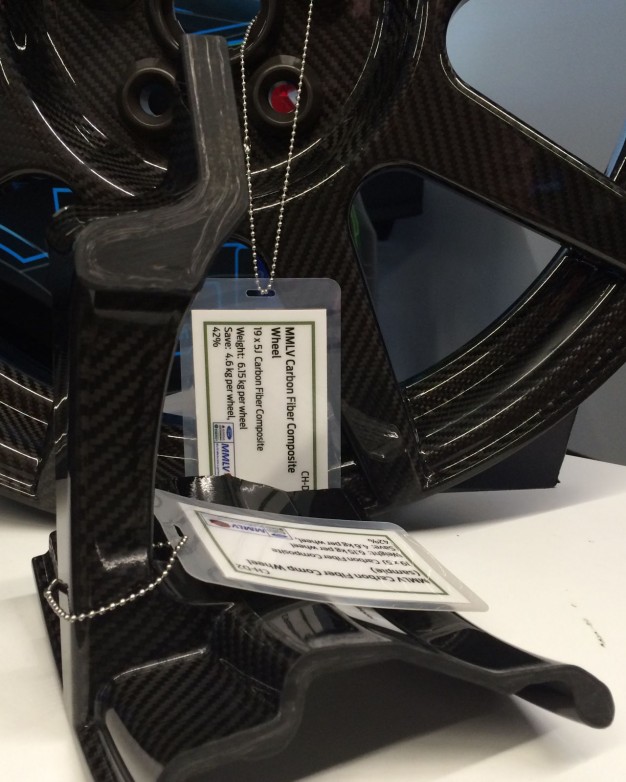
Not only are carbon fiber wheels stronger, but you can also repair them fairly easily with some resin and maybe some paint, much like a piece of fiberglass. When it comes to the heat from your brakes, wheels will either have a heat and UV resistant coating or use a special pre-preg resin designed for those extreme temperatures.
So, if there are so many great advantages to carbon fiber wheels why don’t we see more of them? Simple, cost: a replacement wheel for a Shelby GT350R is $3433 for the front wheel and $4053 for the rear. So, if you can afford it and take the time to retune your suspension, you’ll see improvements. If you can’t afford it and don’t want to tune it, at least you can have a great talking point on your Corvette.
